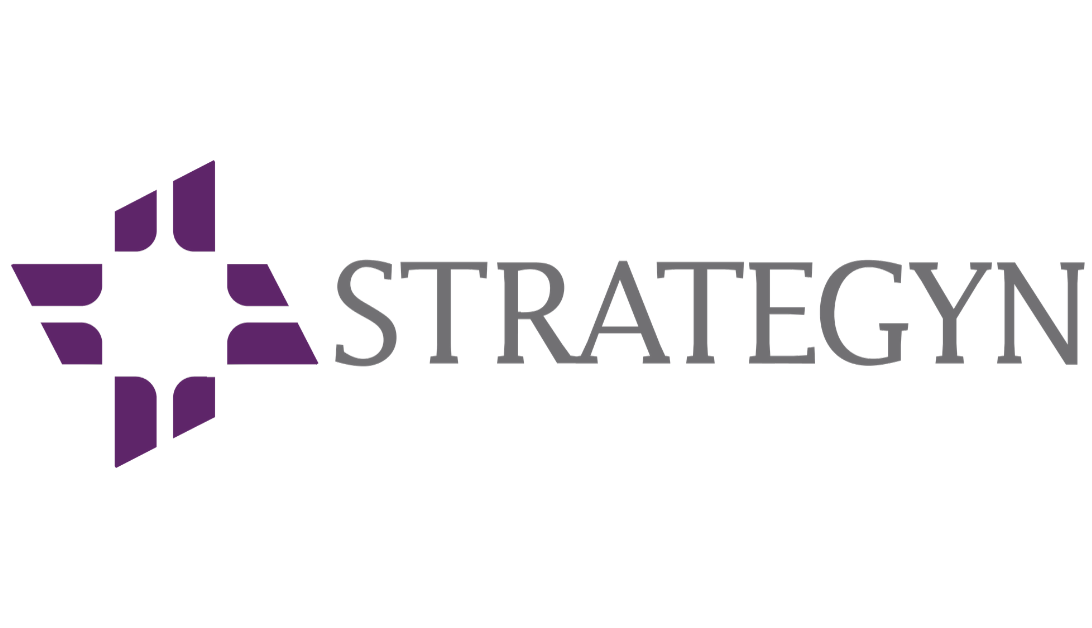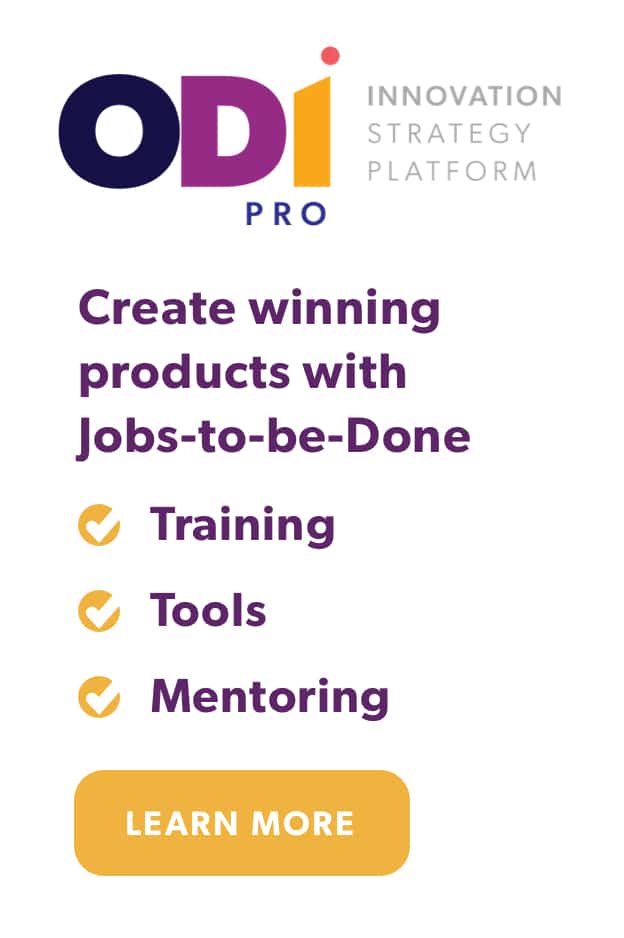Building and construction has become a commodity
For many years, producers of machinery like wheel loaders or excavators used in the building and construction industry have been trying to optimize their products by listening to the voice of the customer. But still the price of the product is the main purchasing criteria, forcing the producers to lower the prices again and again to compete in their markets. Jobs-to-be-done thinking helps to escape the commodity trap.
Product Management is challenged by the commodity trap
Product managers face three major questions on how to get out of the commodity trap and find new products that achieve both profitability and market share growth:
1. What generates additional value for our clients?
2. What causes unnecessary cost/inefficiencies in the product and in its usage?
3. How can we be sure that the final product will work in all target markets (segments) and contexts?
In our last two articles, Part 1 and Part 2, we demonstrated how to create additional value by understanding the true customer needs and how to cut unnecessary costs and inefficiencies while delivering superior customer value at the same time. This article focuses on the third question. How could a product manager for wheel loaders make sure that the product will work in all target markets and contexts?
A different viewpoint: need-based segmentation criteria
Traditionally, markets in the building and construction industry are segmented by demographic criteria like company size, customer industry, or application area. So did Liebherr, a producer for wheel loaders, segment its product portfolio into four categories in line with the industry standard: building construction, underground construction, road building, and landscape construction.
But after conducting a job-to-be-done market analysis and asking more than 250 wheel loader drivers about the outcomes they want to reach when using a wheel loader, Liebherr realized that there were groups of customers with similar needs in every segment category. In other words, the existing descriptive segmentation criteria failed to unite customers with similar needs!
As a consequence, Liebherr segmented the market around the identified over- and unsatisfied customer needs and identified four segments with totally different requirement profiles. The new segment structure was the starting point for several measures that had an immense effect on the company’s profitability and growth.
First, Liebherr found out that the existing products already perfectly served the needs of one of the most relevant segments, but the company did not communicate this. As a consequence, Liebherr repositioned the existing wheel loaders and changed its communication message by emphasizing the outcomes that were found to be relevant for this segment.
The results of the job-to-be-done market analysis also showed that the needs of two other segments could not be optimally met by the existing product portfolio. Consequently, Liebherr developed two completely new wheel loader models by using the results of the job-to-be-done market analysis as input for the technical specification. The new wheel loaders had significant lower production cost, while at the same time offering better functionalities and higher security. They won several international innovation and design awards and their sales rates are 30% higher than the previous product line.
Job-to-be-done thinking is the vehicle to identify the true customer needs. If segments are built around customer needs rather than descriptive criteria, positioning and product development can focus on delivering real customer value and the price will no longer be the main purchasing criterion.




